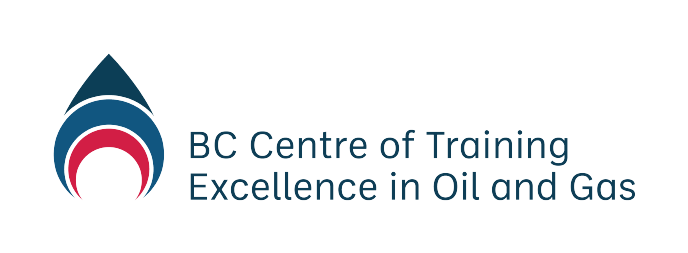-
Module 2.0 How to be Successful in this Course
-
Module 2.1 Introduction to Natural Gas
-
Module 2.2 The Natural Gas Industry in British Columbia
- Overview
- Learning Outcomes
- Natural Gas Science – The Simple Version
- Natural Gas Science – Chemistry
- Natural Gas Science – Physics
- Natural Gas Science – Units of Measurement
- Natural Gas Science – Geology
- Natural Gas Resources and Uses
- Oversight of the Natural Gas Industry
- Understanding Land Rights and Natural Gas
- Energy and the Future
-
Module 2.3 Upstream – Well Site Selection, Preparation and Drilling, Completion, Production, Water Recycling, and Reclamation
- Learning Outcomes
- The Upstream Sector – Extraction and Processing
- The Upstream Sector – Exploration and Site Selection
- The Upstream Sector – Preparation and Drilling
- The Upstream Sector – Completion
- The Upstream Sector – Production
- The Upstream Sector – Water Recycling
- The Upstream Sector – Reclamation
- Upstream Companies and Jobs in British Columbia – Companies
- Upstream Companies and Jobs in British Columbia – Industry Associations
- Upstream Companies and Jobs in British Columbia – Professional Associations
- New Vocabulary
-
Module 2.4 Midstream – Transportation, Processing, Refining
- Learning Outcomes
- The Midstream Sector
- The Midstream Sector – Processing Natural Gas
- The Midstream Sector – Liquefied Natural Gas
- The Midstream Sector – An Emerging Industry
- The Midstream Sector – Processing LNG
- The Midstream Sector – Proposed LNG Projects in British Columbia
- Transportation
- Midstream Companies and Jobs in British Columbia
-
Module 2.5 Downstream – Refining and Markets
-
Module 2.6 Health and Wellness in the Natural Gas Industry
-
Module 2.7 Safety
-
Module 2.8 Terminology and Communication
-
Module 2.9 Jobs and Careers
- Learning Outcomes
- Industry Outlook
- Technology is Changing Workforce and Skills
- Employment in the Natural Gas Industry
- Employment in the Natural Gas Industry – Types of Employment
- Employment in the Natural Gas Industry – Range of Jobs
- Employment in the Natural Gas Industry – High Demand Jobs and Occupations
- Occupational Education and Training
-
Module 3.0 How to be a Valued Employee
-
Module 3.1 Identifying Interests and Skills
-
Module 3.2 Looking for Employment in Natural Gas
-
Module 3.3 Applying for Employment in Natural Gas
Diversity means all the ways we differ. It includes visible differences such as age, gender, ethnicity and physical appearance, as well as underlying differences such as thinking styles, religion, nationality, sexual orientation and education. Inclusion means creating a working culture where differences are valued; where everyone has the opportunity to develop skills and talents consistent with societal values and our employer’s business objectives. A healthy workplace is where people feel involved, respected and connected – where the richness of ideas, backgrounds and perspectives are leveraged to create business value.
Diversity and Inclusion are interrelated and include addressing factors of difference, which have an impact on workplace performance, and fully utilizing the potential contributions of all employees. It also means eliminating/reducing barriers that stand in the way of full participation and unleashing the creativity that comes from different ideas and experiences. Employees who feel respected, valued, and engaged develop stronger relationships and become more involved in their work. This leads to more effective teamwork, enhanced decision making, increased creativity and innovation, lower absenteeism and staff turnover, and reduced costs.
Key focus areas for today’s natural gas industry regarding diversity and inclusion, is the participation and retention of Indigenous peoples and women in the workplace. Everyone has the right to work where they want
